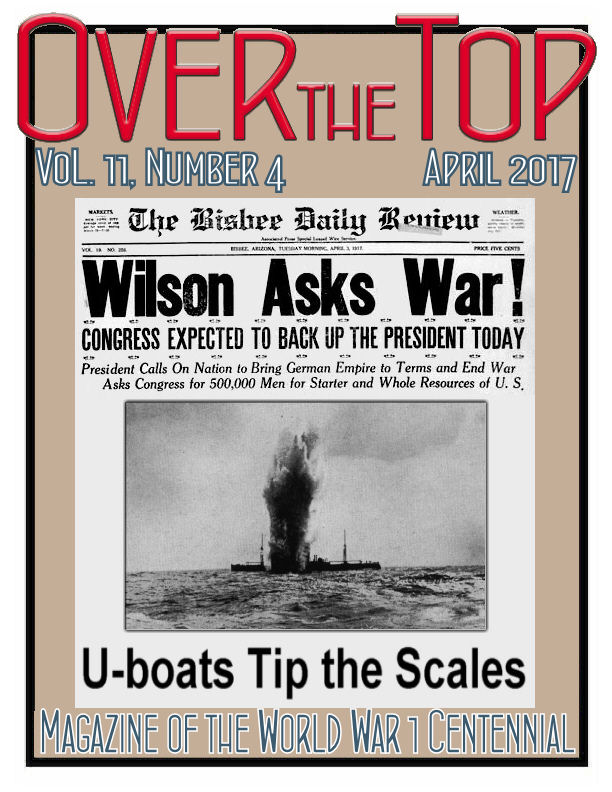
April
2017 |
 |
|
|


Looking Back at Another Centennial
It was January 1961 and the nuns at St. Charles Borromeo Grammar School at 18th and Shotwell Streets in San Francisco were suddenly and mysteriously in a history frenzy. Coming back from Christmas break, we saw conspicuous Civil War imagery in our classrooms and heard "The Battle Hymn of the Republic" and "Dixie," playing in the music room. That's when I first learned of the coming Centennial commemoration of the Civil War. Our eighth grade teacher took a time-out from her relentless crusade to reform my character and put together a crackerjack program for us. There were presentations on Lincoln and Jefferson, Grant and Lee, and the Monitor and Merrimac. Amazingly, I found myself so excited that I started paying attention in class rather than day-dreaming and taking real notes instead of doodling aimlessly.
Infected by Sister's enthusiasm, I headed to our Mission District branch library to engage in independent research on the topic. I found one of Bruce Catton's books and Margaret Leech's Reveille in Washington and quickly devoured them both, later returning for more. Best of all, there was a weekly documentary series on TV presented by the Westinghouse network that our whole family watched en masse every Monday night. It was an old-style documentary with none of the Ken Burns-style polish – just a narrator with still pictures being zoomed in and out – but it was enthralling. A dozen years later, when I was living near Gettysburg, I used to drive down to the battlefield after work and explore it on my own when most of the tourists had departed. Details I had picked up in the classroom at St. Charles or the TV series would pop into my mind. I owe my love of history to that Civil War Centennial, and over the years I've met many others who were similarly affected.
This month, America's part of the World War I centennial starts in earnest. There will be national and local remembrances of the nation's entry into the war on 6 April 1917 on its 100th anniversary along with a three-night documentary series on the war on PBS. My great hope is that this will excite the country like the Civil War Centennial did in 1961. We will do our best here at Worldwar1.com to support this effort. Please do what you can yourself, though, to share the story of the achievements and sacrifices of our earlier Americans, who made the nation we live in today – especially with the young people you are around.
By the way, for those of you in Northern California, I'll be giving a talk at the Charles Burdick Memorial Military History Symposium at San Jose State University on 15 April. Professor Burdick was one of my World War One mentors and I'm proud to honor him. He was incredibly generous with his support and encouragement. You can find out more about the symposium in Coming Events below. MH

|
2017
Remembering America's Entry into the Great War
See the article on the National Ceremony on Page Two Below.
California Remembers
Los Angeles
Venue: Los Angeles Coliseum:
Thursday — 6 April 2017, 1pm
Download Flyer: HERE
Website: HERE
Claremont
Venue: Mary Pickford Auditorium, Claremont-McKenna College:
Thursday — 6 April 2017, 7 p.m.
Download Flyer: HERE
San Francisco
Venue: San Francisco's Marines Memorial Club:
Thursday — 6 April 2017, 6 p.m.
Download Flyer: HERE
San Jose State University:
2017 Charles Burdick Memorial Military History Symposium, 15 April 2017
The Lead-Up to America's Entry into World War One
Download Flyer: HERE
Virginia Remembers
MacArthur Memorial:
Norfolk, VA; New Exhibit, Opening Day Symposium, 8 April 2017
Over Here, Other There: America’s Homefront and Expeditionary Force in World War I
Download Flyer: HERE
Texas Remembers
Texas Military Forces Museum at Camp Mabry, Austin, TX:
Opening Event of The Mabry Mixer Series, 5 April 2017, 5:30-7:30 p.m.
America in the Great War, Presented by Professor David Beer
(Photo of Venue, c. 1917, on Right)
|
|
Poster of the Month
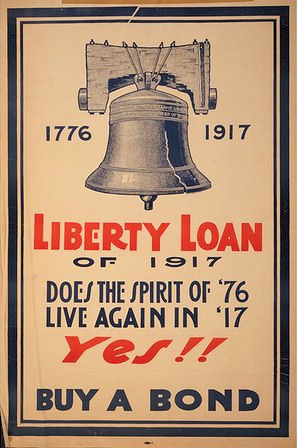
Read About the Liberty Bell-WWI Connection at SMITHSONIAN

America Goes to War, Part 1: Reform and Modernization
Many histories of the Great War focus on the fact that the United States had a very small army (about 200,000 men) when it chose to enter the war and use this single point to emphasize how unprepared the nation was for the struggle ahead. One factor that was overlooked by foreign observers, however, was that from the start of the century the American military had be undergoing a tremendous series of reforms and efforts to modernize structurally and improve its ability to mobilize rapidly to face global threats.
 Early Reformer: Emory Upton and the Civil War Lessons
Early Reformer: Emory Upton and the Civil War Lessons
 Military Reform: A Consequence of the Spanish-American War
Military Reform: A Consequence of the Spanish-American War
 Structural Reformer: Elihu Root
Structural Reformer: Elihu Root
 Alfred Thayer Mahan and the Coming of the First World War
Alfred Thayer Mahan and the Coming of the First World War
 The Cruise of the Great White Fleet
The Cruise of the Great White Fleet
 Shipbuilding and the Naval Act of 1916
Shipbuilding and the Naval Act of 1916
 National Defense Act 1916
National Defense Act 1916
 American Pre-WWI Planning
American Pre-WWI Planning
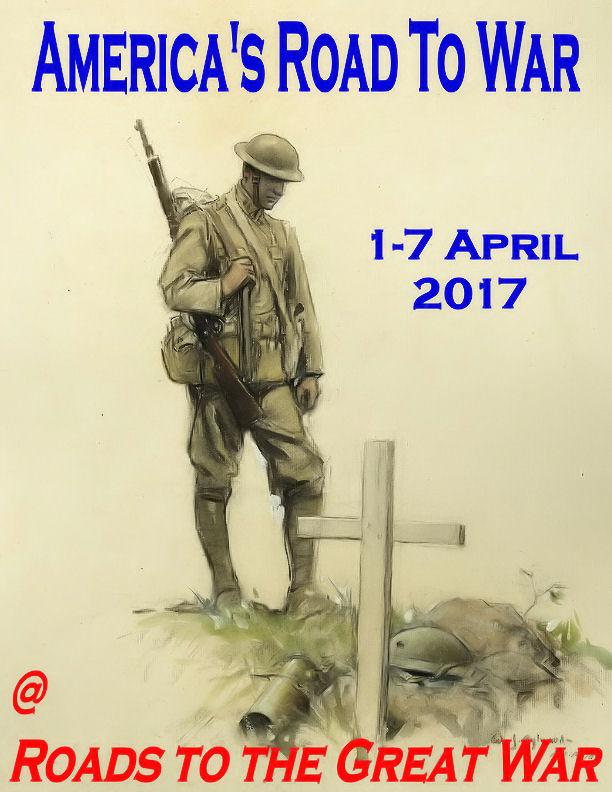
Click on Image to Visit Our Daily Blog.

Can You Name This American WWI Veteran?
Win a Free Issue of OVER THE TOP!

Hints: Wounded in the Great War, he would distinguish himself in later wars.
If you can name this World War I veteran, we will send you a free issue of our monthly subscription magazine, OVER THE TOP. Email your answers HERE.

A Long Look Back
We have discovered that the scheme of 'outlawing war' has made war more like an outlaw without making it less frequent and that to banish the knight does not alleviate the suffering of the peasant.
C. S. Lewis, 3rd Battalion, Somerset Light Infantry
Camp Mabry, Austin, TX

Camp Mabry Was a Mobilization Center for the Texas National Guard During the First World War. Today It Is the Home of the Texas Military Forces Museum.
|

|

U.S. Centennial Organizations & Resources
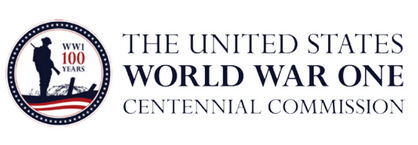
worldwar-1centennial.org/
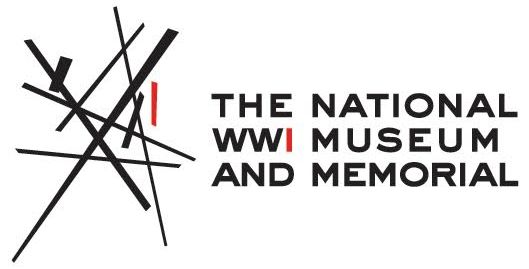
theworldwar.org/
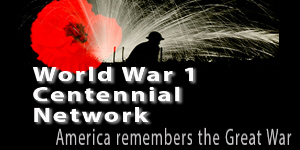
www.ww1-centennial.org/
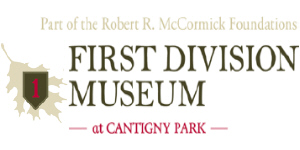
www.firstdivisionmuseum.org/

www.abmc.gov/
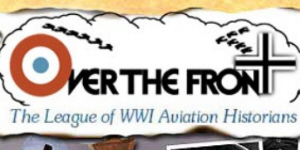
www.overthefront.com/

www.nationalmuseum.af.mil/
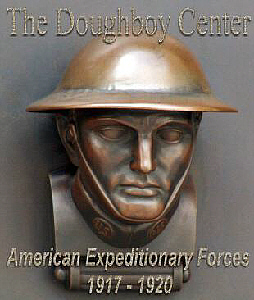
www.worldwar1.com/dbc/
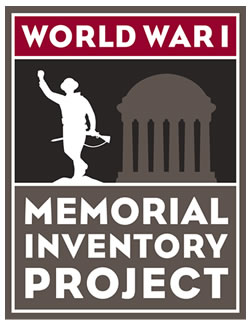
facebook.com/wwiinventory

wisconsinhistory.org/
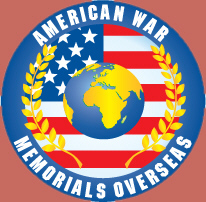
www.uswarmemorials.org/
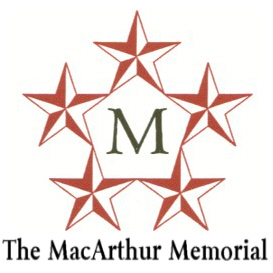
www.macarthurmemorial.org/

www.saving-hallowed-ground.org/
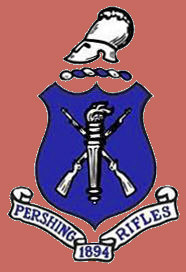
www.theprgroup.org/

pamilmuseum.org/
Support Worldwar1.com's Centennial Effort
Shop at Amazon.com
|
The Centennial Ticker
Public Tickets Available for the 6 April Commemorative Ceremony at the National WWI Museum
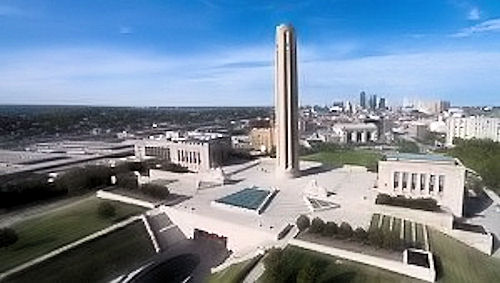
The Impressive Venue in Kansas City
The United States World War I Centennial Commission announced today public tickets are now available for “In Sacrifice for Liberty and Peace: Centennial Commemoration of the U.S. Entry into World War I,” at the National World War I Museum and Memorial in Kansas City, Mo. on 6 April 2017. All guests, including children, must have a ticket to gain entry into the event.
Up to four tickets for the ceremony can be requested through online ticketing on a first-come, first-servde basis. For schools and group reservations, a limited number of group tickets will also be available on a first-come, first-served basis. The ticket link can be found on the “In Sacrifice for Liberty and Peace: Centennial Commemoration of the U.S. Entry into World War I” website at www.ww1cc.org/april6. Additional security and entry information can be found on the ceremony website.
CEREMONY SCHEDULE:
6 a.m. to 9 a.m.: Public with tickets admitted to the grounds
9 a.m.: Prelude & Pre-Ceremony
10:45 a.m. – 12:30 p.m.: Ceremony — "In Sacrifice for Liberty and Peace: Centennial Commemoration of the U.S. Entry into World War I”
The national commemorative ceremony will tell the compelling story of the U.S decision to enter into the Great War through a unique multi-media program including significant and representative American writings of a century ago, including selections from speeches, journalism, literature, and poetry, as well as performances of important music of the time.

Not All Americans Supported the War
The Gold Star Mothers Pilgrimage
A Major Part of America's Great War Experience
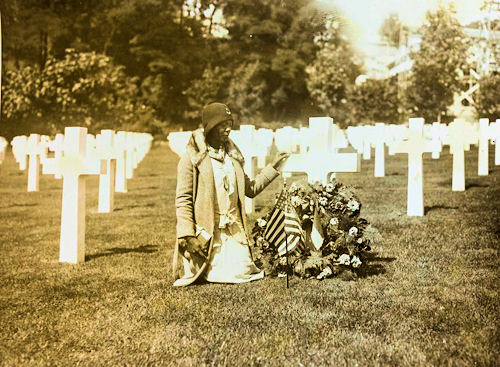
A Mother Visits Her Son's Grave at Suresnes Cemetery Near Paris
In the aftermath of World War I, wives became widows, and mothers outlived their sons. More than 100,000 Americans died during the Great War, creating suffering and pain for those family members they left behind. Through the Gold Star pilgrimages of 1930 to 1933, the U.S. government specifically recognized the sacrifices of these mothers and widows who chose burial in an overseas American military cemetery for their sons or husbands.
As the war raged, the Gold Star became a symbol for mourning the fallen. Families who lost a loved one in the service hung a Gold Star in their windows. Their female relatives referred to themselves as Gold Star mothers and widows, and they created several national organizations for collective mourning and support. These groups lobbied Congress for an official government-funded pilgrimage to visit their loved ones’ graves, which the government authorized on 2 March 1929.
All mothers and un-remarried widows of someone buried or memorialized at an ABMC cemetery received an invitation. Over the course of the program 6,654 women participated. These pilgrims represented the diversity of the American army in World War I. However, in keeping with the Jim Crow-era segregation of the military at the time, the U.S. Army Quartermaster Corps racially segregated the pilgrimages. African American women travelled in separate groups, a decision that created much controversy; 168 African American women still participated as pilgrims.

A Typical Group of the Mothers
Even after the crash of the stock market in October 1929 and the onset of the Great Depression, the federal government funded the entire pilgrimage. The Quartermaster Corps meticulously organized the program and cared for the mothers and widows. They arranged every detail of the journey and monitored the pilgrims’ physical and emotional health. Escorted by Army officers and nurses, the pilgrims traveled to many of the major tourist sites in the countries they visited, including the Arc de Triomphe in Paris, where they laid a wreath on the Tomb of the Unknown Soldier. They subsequently traveled to the cemeteries and visited the battlefields and memorials in addition to the graves of their loved ones.
Cemetery staff decorated the graves with the flags of the U.S. and the host country. They provided a chair for the pilgrim to sit next to the headstone and reflect. Each pilgrim received a photograph of herself at the tombstone, where she also laid a memorial wreath. These personal touches added to the dignity of the pilgrimages and demonstrated the government’s commitment to the cemeteries.
The Gold Star pilgrimages honored these women’s sacrifices and eased their grief. After her 1930 pilgrimage to the Meuse-Argonne American Cemetery, Mrs. O.B. Johnson of Iowa told the Army how “the Government is certainly doing the right and square thing by the Gold Star Mothers. We were treated with respect and deference…on the whole a wonderful trip.” Many pilgrims expressed their admiration for the ABMC cemeteries. Mrs. Ettie M. Brown and Mrs. George Ingersoll visited the Saint-Mihiel American Cemetery and declared that “the cemetery is kept beautifully and we feel our sons have a lovely resting place.”
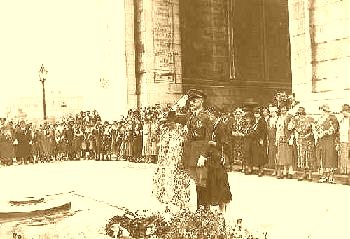
The Group Visits the Tomb of France's Unknown Soldier
Through the Gold Star pilgrimages, women played a key role in the early commemorations at the ABMC cemeteries. The government recognized that these women served the nation through their losses and acknowledged the importance of providing them with the opportunity to visit the overseas graves of their fallen family members. The ABMC mission during the Gold Star pilgrimages was the same as it is today: to maintain military cemeteries with honor, so that the loved ones of the fallen can find solace in the dignified care of their eternal resting place.
Source: ABMC Website
Special Exhibit at the National World War One Museum
FIELDS OF BATTLE, LANDS OF PEACE: THE DOUGHBOYS 1917-1918
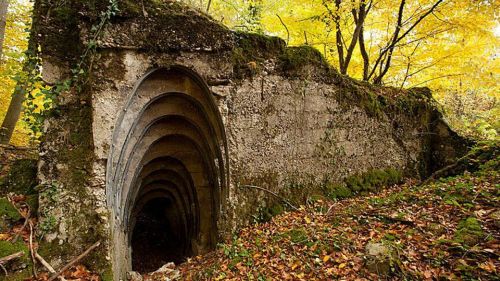
A German Artillery Bunker on the American St. Mihiel Battlefield
Photo by Michael St Maur Sheil
This special centennial exhibition, "Fields of Battle, Lands of Peace: The Doughboys, 1917-1918," features the contemporary photographs of Michael St Maur Sheil, depicting the battlefields of the Western Front where the Americans fought. This latest exhibition marks the entry of the United States into the war in 1917 and will be held in the museum's Memorial Courtyard, 31 March – 20 August 2017.
|
|

6 April 1917
The United States of America Declares War on Germany
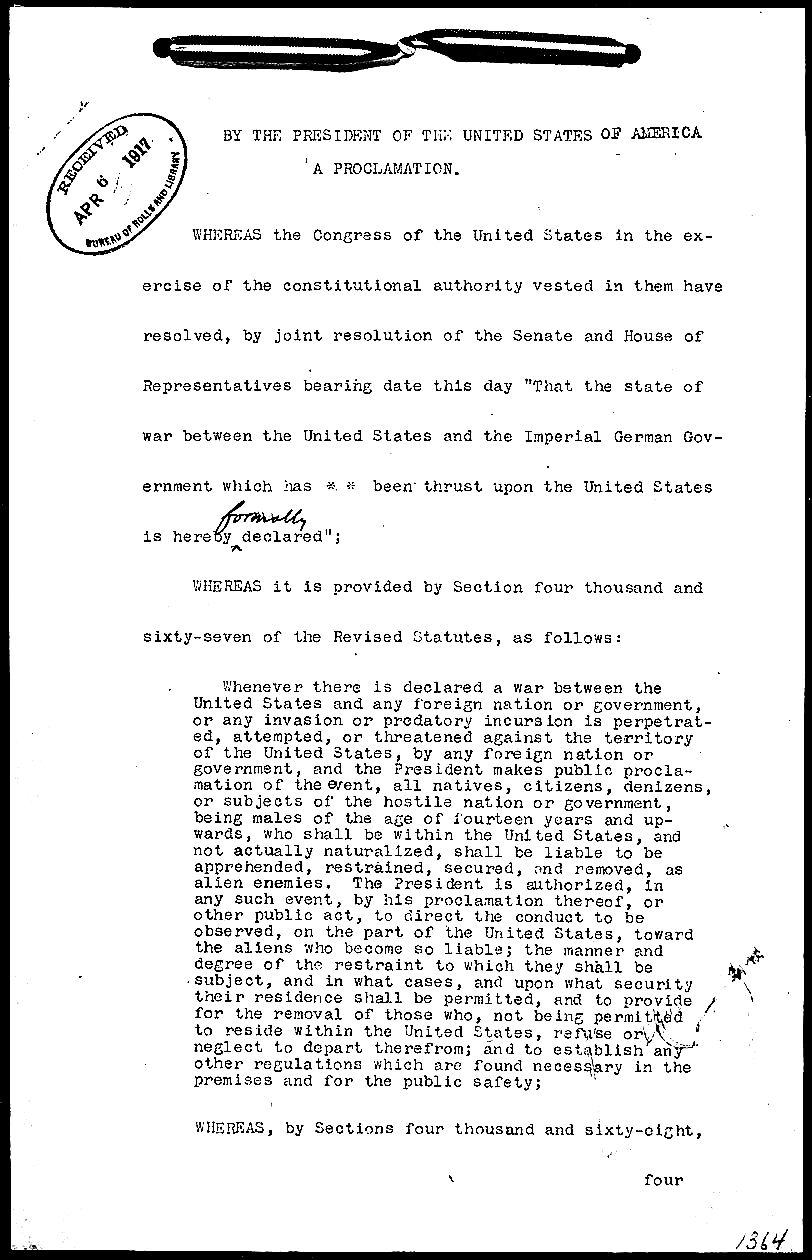
|
|

Our 2017 & 2018 Centennial Battlefield Tours
Now Accepting Bookings For All Tours
2017
Flanders 1917 Campaign
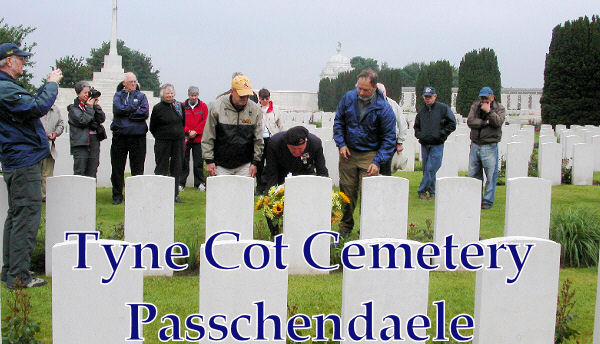
8 – 15 May 2017: The Memorable 191Battles of Flanders Fields
Includes: Vimy Ridge, Messines, and Passchendaele
Price — $3,490 (dbl occupancy, sgl supp avail)
The full brochure covering the trip and registration details can now be downloaded
HERE
Caporetto and the Italian Front
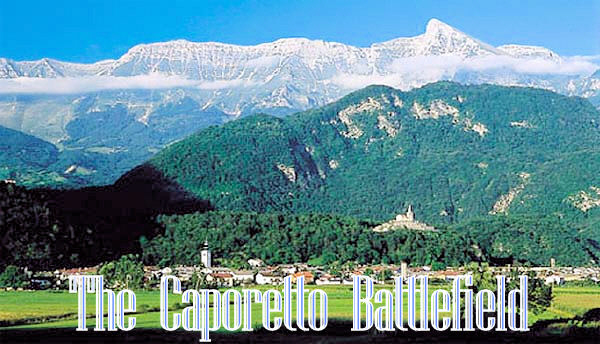
25 July – 4 August 2017: The Most Important Battle of the Italian Front
Includes: The Eleven Battles of the Isonzo, Caporetto 1917, Monte Grappa, and Vittorio Veneto. We will also follow the advance of the American Doughboys sent to the Italian Front.
Reduced Price — $3,950 (dbl occupancy, sgl supp avail)
The full brochure covering the trip and registration details can now be downloaded
HERE
2018
Kaiser's Offensives &
the British Army's 100 Days
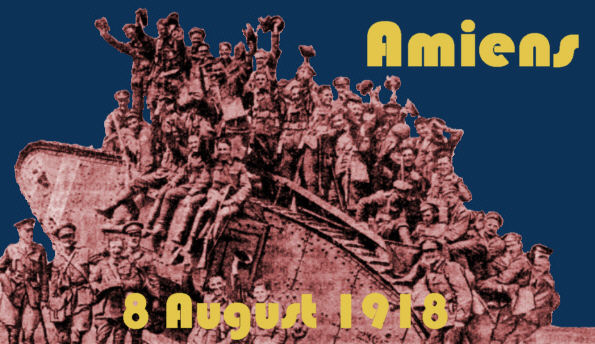
6 – 14 May 2018: Study of Germany's Last Effort to win the War and the British Victory offensive.
Includes: German advances in the Somme, Flanders, and the Marne Sectors, the Black Day of the German Army, the St. Quentin Canal, and the pursuit to Mons.
Reduced Price — $3,450 (dbl occupancy, sgl supp avail)
The full brochure covering the trip and registration details can now be downloaded
HERE
AEF: Pershing's Doughboys Centennial
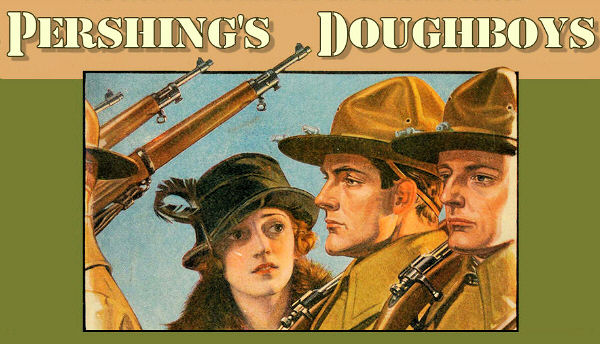
7 – 17 August 2018: Comprehensive Study of the American Expeditionary Force
Includes: All major battles, memorials, cemeteries, and service sites of your family members.
Price — $3,750 (dbl occupancy, sgl supp avail)
The full brochure covering the trip and registration details can now be downloaded
HERE
|
|
|
|
Thanks to each and every one of you who has contributed material for this issue. Until our next issue, your editor, Mike Hanlon. |
|
 (Or send it to a friend)
(Or send it to a friend)
|
Design by Shannon Niel
Content © Michael E. Hanlon
|








